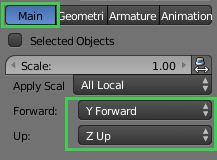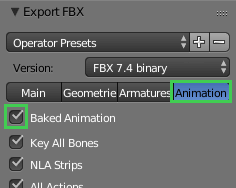
It is possible to export meshes, lights, cameras, transform animations (scale/rotation/location), UV layouts, pivot points, object hierarchy, and material slots from Blender.
Material slots must be created and assigned in Blender before exporting. If this is not done, one default material slot is used for the object.
Note: Only material slots that have a material, and that are assigned to a mesh on the exported object, will be imported.
To create material slots, follow the steps below.
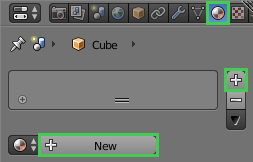
By default, the first material slot will be assigned to the object.
To assign a different material slot to the object, or to assign several material slots to the same object, follow the steps below.
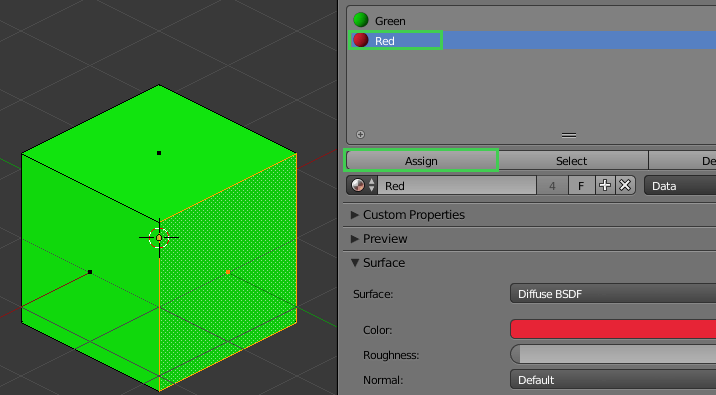
UV unwrapping your model will create a UV layout. Without a UV layout you will not be able to render any textures on your model in Qt Quick 3D.
There are many different ways and techniques to unwrap 3D meshes. The most basic way to do it in Blender is described below.
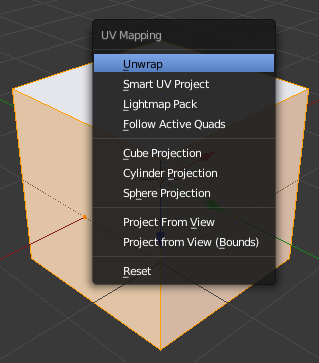
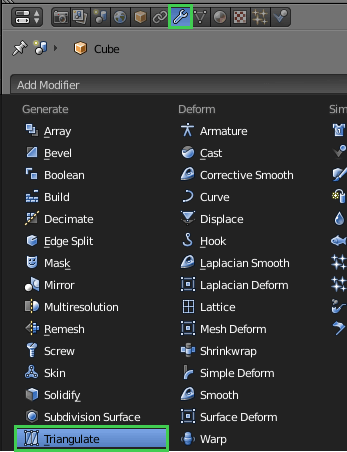
Note: When exporting as COLLADA, it is possible to do the triangulation in the actual export step.
Note: This step is necessary only if you are exporting animations that are using custom curves or object constraints to control the animation.
Actions are data-blocks containing animation data. If you are exporting animations you need to bake actions.
Note: This should not be done when exporting animations.
Applying transform values resets the object's location, rotation, and scale values. Location and rotation values are changed to 0 while scale values are changed to 1. The object itself does not visually change.
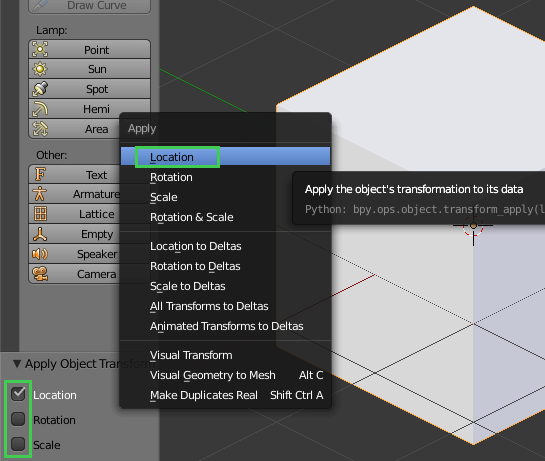
Note: Applying Location will also reset the object's origin (pivot point).
You can export lights of any type from Blender to use in Qt Quick 3D.
The following properties are imported:
Light type is imported (and converted if needed).
| Light type in Blender | Will import to Qt Quick 3D as... |
|---|---|
| Point | Point |
| Area | Area |
| Sun | Directional |
| Spot | Directional |
| Hemi | Directional |
You can export perspective and orthographic cameras from Blender to use in Qt Quick 3D.
The following properties are imported:
In order to export as FBX, you must have the FBX export add-on installed and enabled in Blender. With the default installation of Blender, the Import-Export: FBX format should be installed. If you
do not have the option to export as FBX avaialble, ensure that the add-on is enabled by following the steps:

Next, to export as FBX, follow these steps:
Y Forward and Up to Z Up.
